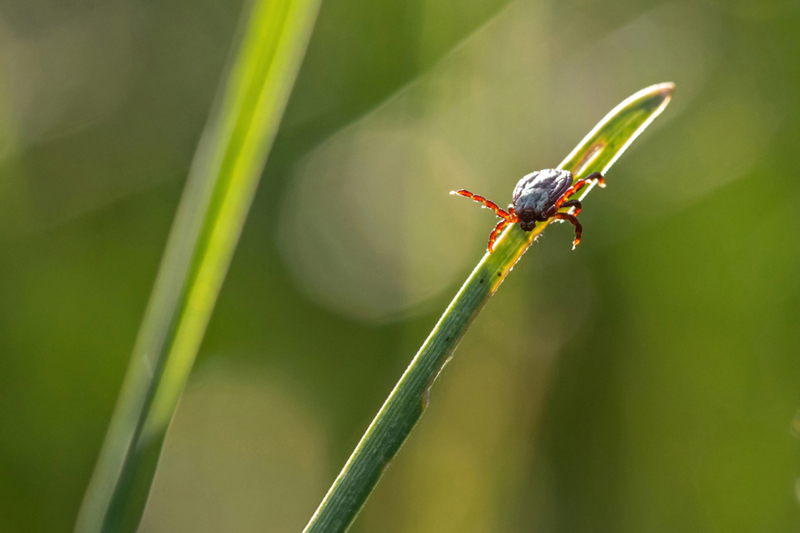
Let’s Talk Ticks: It’s Lyme Disease Awareness Month!
- Blog /
- Let’s Talk Ticks: It’s Lyme Disease Awareness Month!
How to Protect Your Family from Ticks and Lyme Disease This Spring and Summer
May is a big month for enjoying outdoor activities, so it’s no coincidence that Tick Awareness Week and Lyme Disease Awareness Month both take place in May. This month, plan to learn about ticks and where they hide, how to prevent them in your yard, and how to protect your loved ones from Lyme disease, one of the most common and dangerous tick-borne illnesses.
Lyme disease can lead to chronic health issues if not treated early. Symptoms may start with fatigue, fever, joint pain, and the hallmark bullseye rash, but left untreated, Lyme disease can progress to more serious neurological, cardiac, and arthritic complications. Children, hikers, and pet owners are particularly vulnerable, as they are more likely to spend time in high-risk areas.
Five Important Tick Safety Tips for Families
This spring and summer, protect your family by following these tick safety tips:
- Dress for defense: When exploring wooded or grassy areas, wear long sleeves and tuck pants into socks. Light-colored clothing makes it easier to spot ticks.
- Use tick repellents: Apply EPA-approved tick repellent to skin and clothing before heading outdoors.
- Check for ticks daily: Always perform tick checks on kids, pets, and yourself after spending time outside, especially behind the ears, under the arms, and around the waistline.
- Shower within two hours: This can help wash off unattached ticks and make it easier to spot them.
- Create a tick-safe yard: Keep lawn trimmed, remove leaf litter, and install a gravel or wood chip barrier between the lawn and wooded areas to deter ticks from moving closer to your home.
Do Ticks Live in Your Yard?
Ticks feed on blood from deer, small rodents, pets, and people to grow and reproduce. Research shows that about 50% of black-legged ticks (also known as deer ticks) are infected with Lyme disease. They feed on birds, rodents, dee,r and other animals, and then find their way into your yard. This is why it’s particularly beneficial to know if there are ticks on your property and where they are hiding. A pest management professional can thoroughly monitor for ticks in your yard.
What to Do if There Are Ticks in Your Yard
JP McHale now offers a surefire way to get rid of ticks by targeting them at their source. Our LymeGuard system interrupts the transmission of Lyme disease by immunizing white-footed mice, the primary reservoir for the bacteria that cause Lyme disease.
Here’s how it works:
● Six well stations are strategically placed around homes, parks, or commercial properties at the furthest point of the property.
● Each station holds approximately 100 vaccine pellets.
● White-footed mice consume the pellets, building immunity against Lyme disease.
● This prevents the bacteria from passing to ticks that feed on the mice.
● Over time, this forms a protective barrier that dramatically reduces tick populations and disease risk.
To learn more about JP McHale’s Organic Tick and Mosquito Management Program and our advanced LymeGuard system, contact us at (833) 251-4984 or email us at sales@nopests.com.





